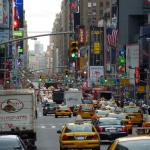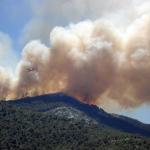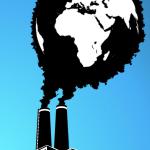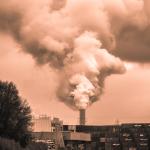Does our future lie with nuclear energy? While the standard narrative is to downplay its value and prioritize other renewables, there is an argument to be made for nucs – for lives saved.
Air pollution
As the Proposed National Ambient Air Quality Standards for Particulate Matter writes,
This protocol has worked well for some pollutants, for which concentrations are now well within standards:
Climate Change
This issue has been with us for decades and now results in much wringing of hands and gnashing of teeth. My concerns include the need to consider energy systems globally rather than locally.
Polluted air can acutely affect public health, whether from fires, disasters, or stagnant weather conditions. Such effects are often characterized as premature mortality in terms of body counts, as are accidents and house fires.
“The World Health Organization estimates that air pollution kills as many as seven million people a year.”
The strongest evidence that high pollution levels can accelerate mortality came from the Great London Fog of 1952. [1] This association was confirmed by experimental evidence:
The current regulatory mantra is:
“Protection of children’s health requires that health professionals understand the multiple harms to children from climate change and air pollution and use available strategies to reduce these harms.”












